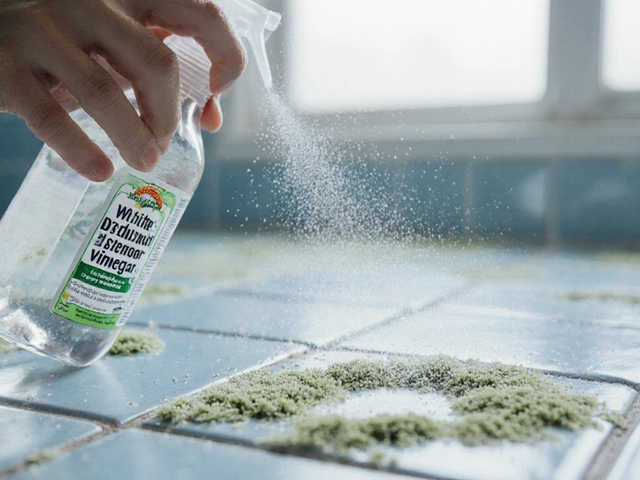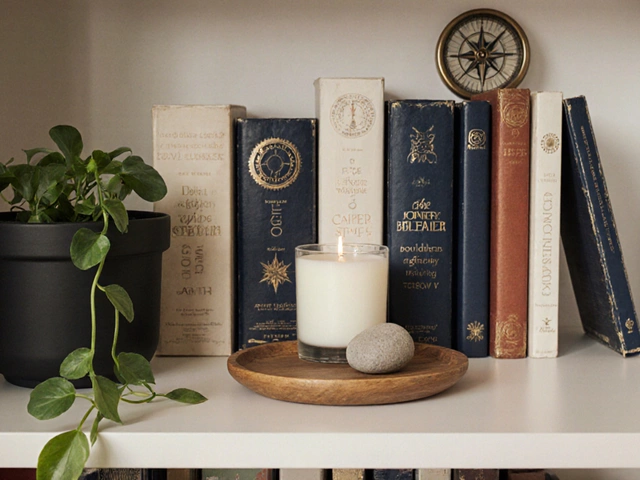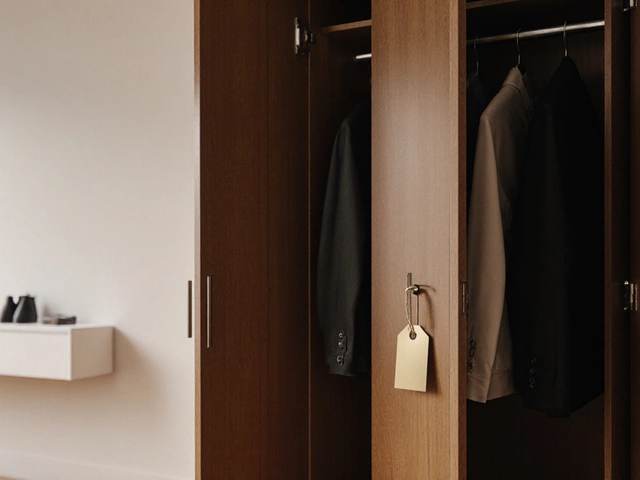Bookshelf Installation Made Simple: Step‑by‑Step Guide
If you’ve just bought a new bookshelf or need to fit one into a tight classroom, the process can feel daunting. The good news? With a few basic tools and a clear plan, you can have a sturdy shelf ready for books, trophies, or tech gear in under an hour. This guide walks you through everything you need, so you won’t waste time guessing or end up with wobbling shelves.
Gather the Right Tools
Before you start, grab these essentials: a cordless drill, a set of different‑size drill bits, a level, a stud finder, a measuring tape, a pencil, and a safety pair of glasses. If you’re mounting a heavy bookshelf to the wall, add sturdy wall anchors or toggle bolts. For freestanding units, a rubber mallet and a small wrench can help tighten bolts without stripping them. Having everything at hand prevents interruptions and keeps the job smooth.
Plan the Placement
Measure the exact spot where the shelf will sit. Use the tape to check height, width, and depth against surrounding furniture or classroom desks. Mark the top and bottom edges with a pencil and double‑check that the marks are level. If you’re attaching the shelf to a wall, run the stud finder along the marked line and note where the studs are – anchoring into studs gives the strongest support.
When you’re dealing with a freestanding bookshelf, make sure the floor is even. Small bumps can cause the unit to wobble. A quick shim of a thin piece of wood under one leg can level the whole piece without any hassle.
Drill Pilot Holes and Attach Brackets
For wall‑mounted shelves, start by drilling pilot holes at the stud locations. Use a drill bit slightly smaller than the screw you’ll insert – this prevents the wood from splitting. If you’re using wall anchors, follow the package instructions for the right size hole. Screw the brackets in tightly, but don’t over‑tighten; you want them snug but not stripped.
Freestanding units usually come with pre‑drilled holes for side panels. Align the panels, insert the bolts, and tighten with the wrench. A rubber mallet can help tap the pieces together if they resist snugly fitting.
Mount the Shelf and Test It
Place the shelf board onto the brackets or into the frame. Use the level again to make sure the board sits perfectly horizontal. Secure it with the screws provided, tightening evenly on both sides. Give the shelf a firm shake – it should feel solid, not wobbly.
Now load the shelf gradually. Start with lighter items like notebooks, then add heavier books or equipment. If you notice any sagging, check that all screws are tight and that the brackets are still flush with the wall.
Avoid Common Mistakes
Don’t skip the stud finder – anchoring only into drywall can lead to a shelf that collapses under weight. Also, avoid using the longest screws for thin shelves; they can pierce through the board. Finally, always double‑check that the shelf is level before final tightening; it’s easier to adjust now than to correct a slanted shelf later.
With these steps, installing a bookshelf is a quick, low‑stress task. Whether you’re setting up a classroom library or adding storage to a home office, the right preparation and a steady hand make all the difference. Happy building!





